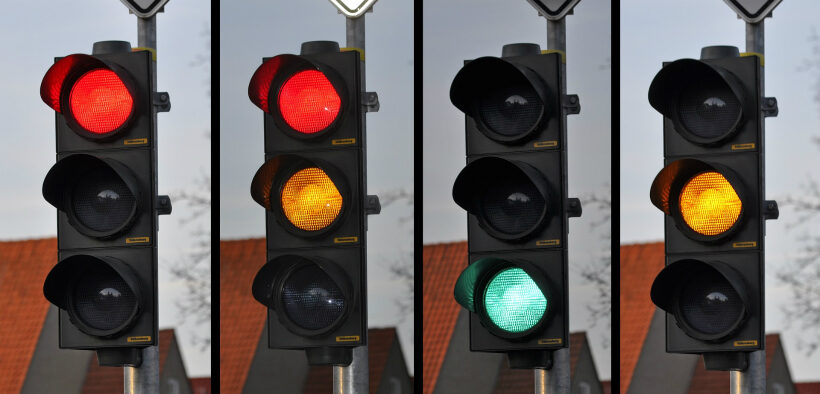As educators, we assume that students are learning what we teach. But students often do not learn as much as we expect, and high-stakes assessments reveal their knowledge gaps when it is too late to do anything about it. Thus, many instructors use classroom assessment techniques (CATs) to provide instant feedback while students are accessing learning content. These assessments also allow students to gauge their comprehension of content so they can seek help before the summative assessment (Cross & Angelo, 1993). This information can be used to adjust course content or teaching methods to assist students in making their learning more efficient and effective, such as speeding up or slowing down the pace of a lecture or explicitly addressing areas of confusion. Proper use of CATs provides concrete evidence that the instructor cares about learning, and it is particularly helpful for checking how students are learning early in the course and providing information for improvement when learning is unsatisfactory.
Related Articles
I have two loves: teaching and learning. Although I love them for different reasons, I’ve been passionate about...
“Why does my edition of Hamlet read ‘O, that this too, too sullied flesh would melt,’” my student...
After all, nearly every large language model (LLM) is good at summarizing readings, synthesizing large amounts of data...
In 1906, Francis Galton was visiting a livestock fair when he stumbled upon an interesting contest. Local villagers...
I often wear sunglasses on my walk from my parking spot on campus to my office. I recently...
Students taking online classes represent a key part of the college-attending population. Demand for online classes and online...
As AI use continues to grow in the field of education, we are only beginning to discover potential...









